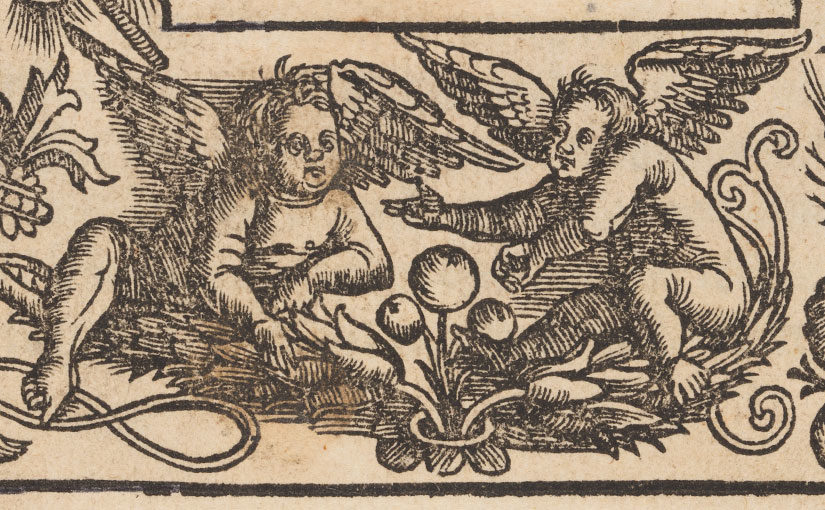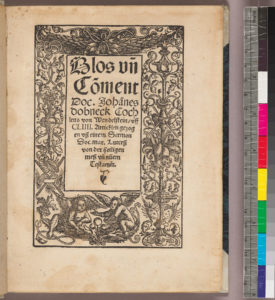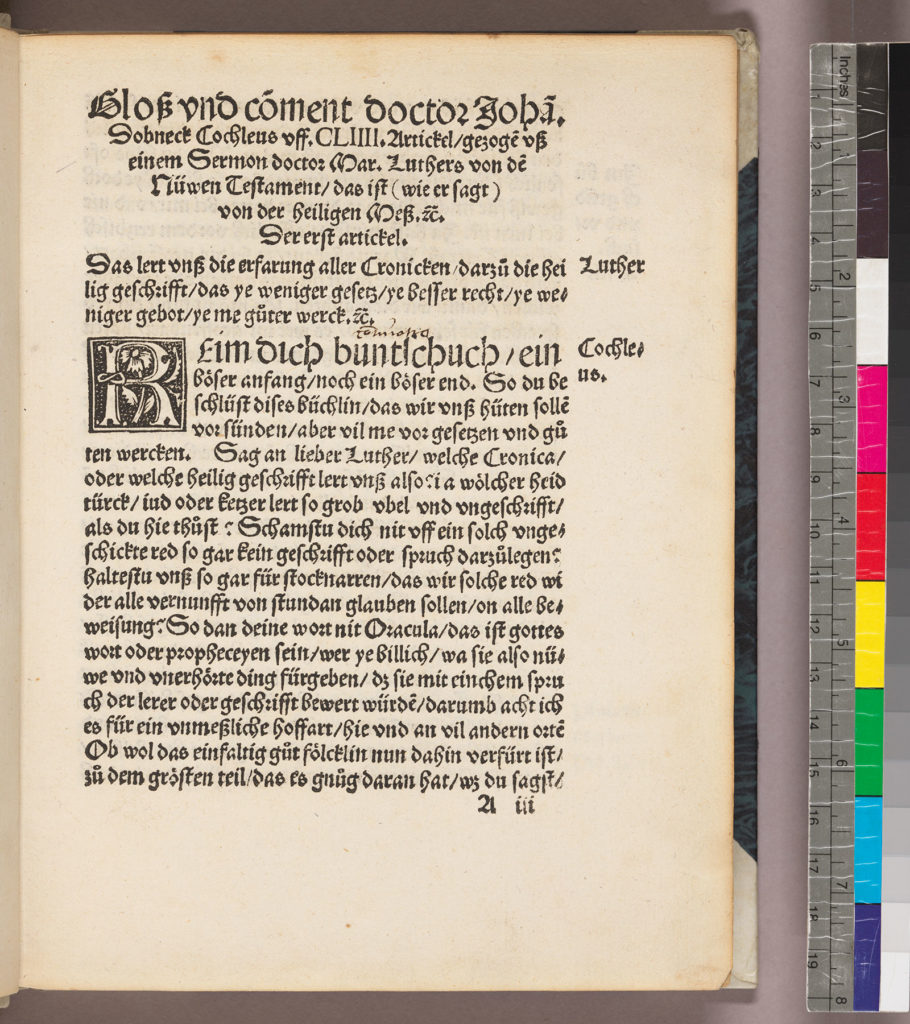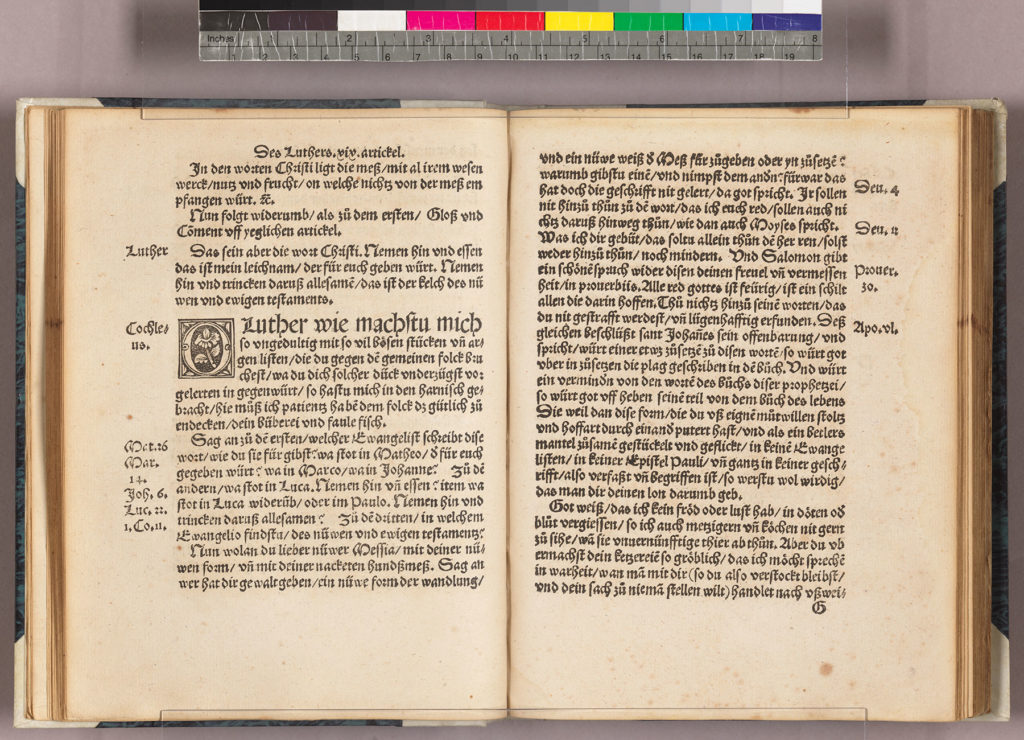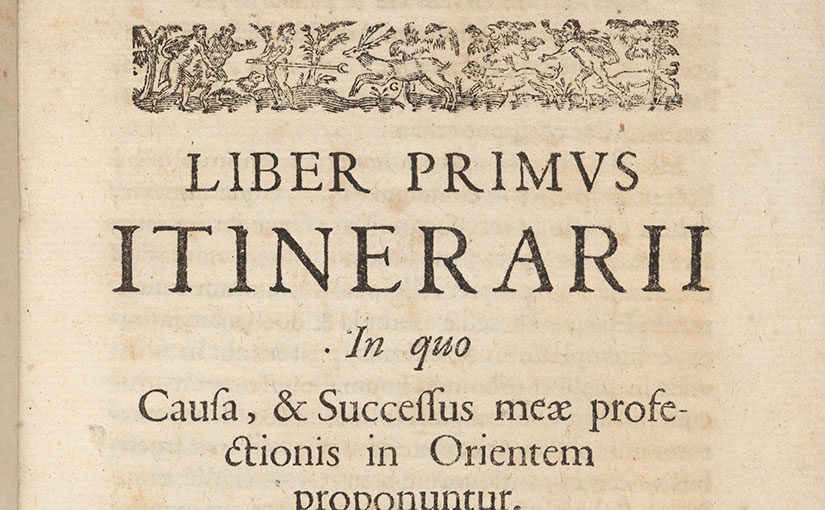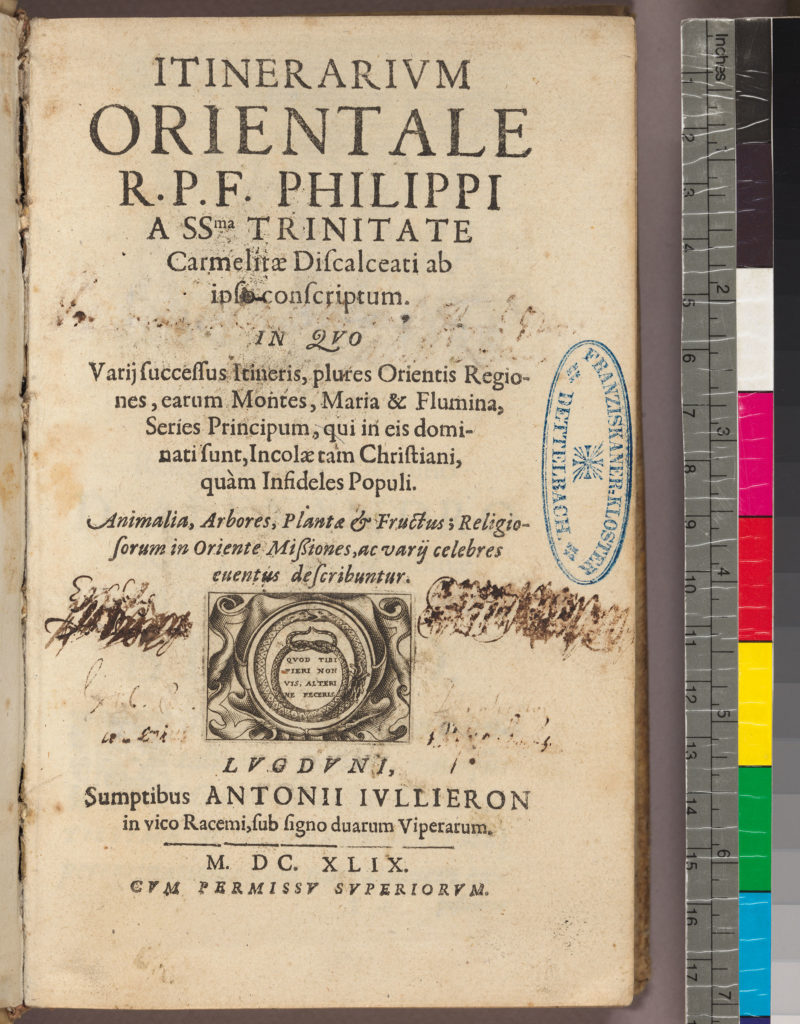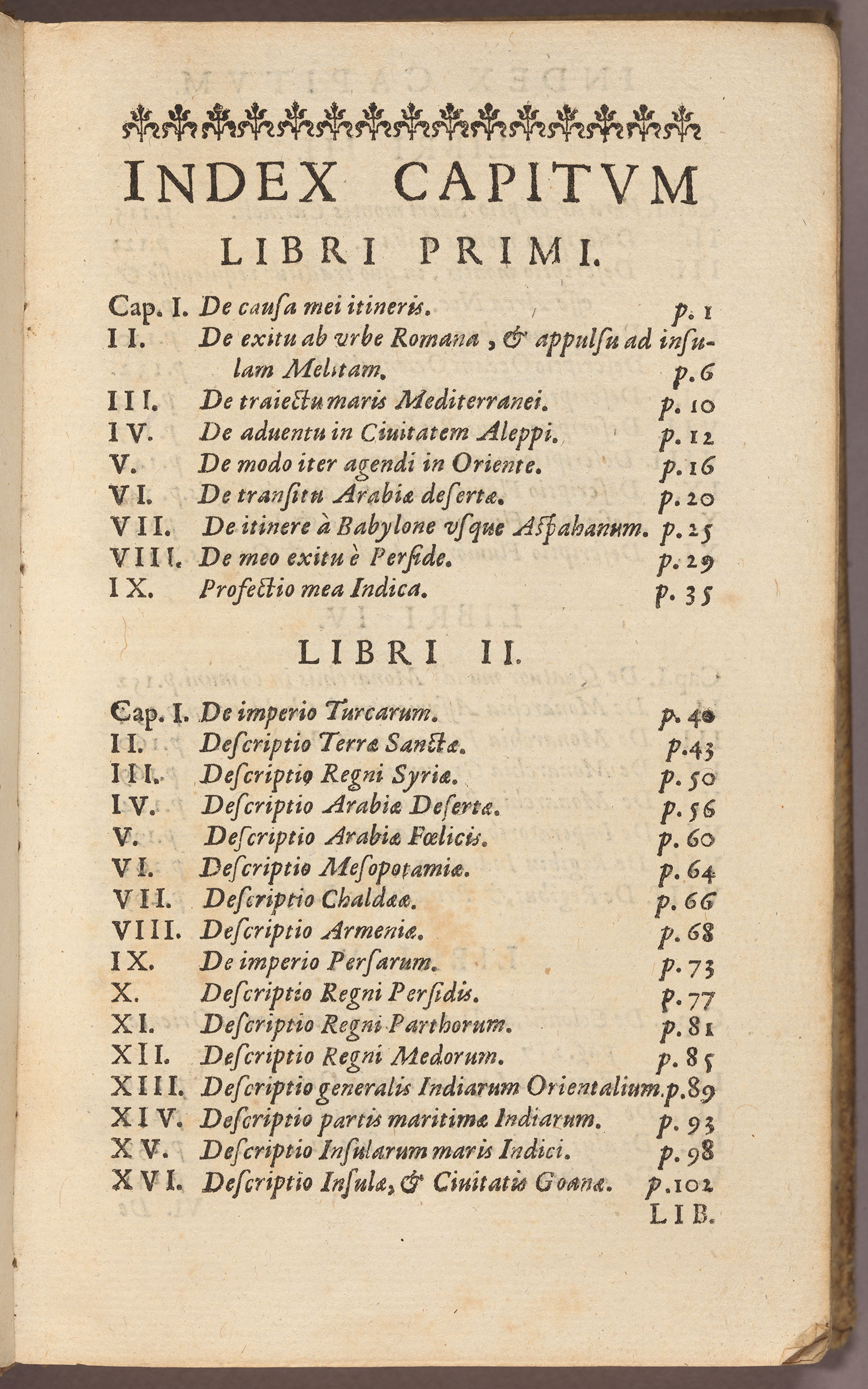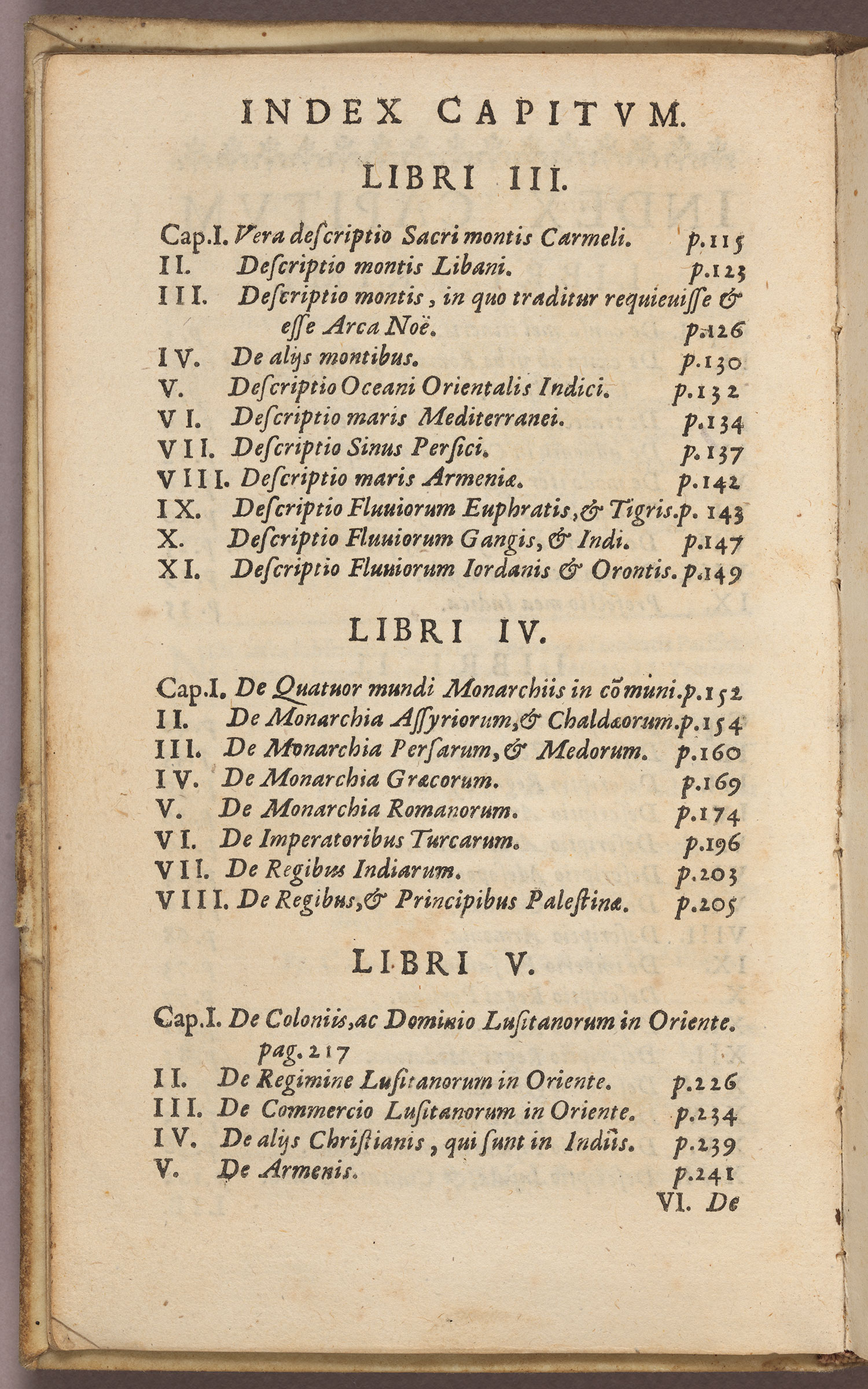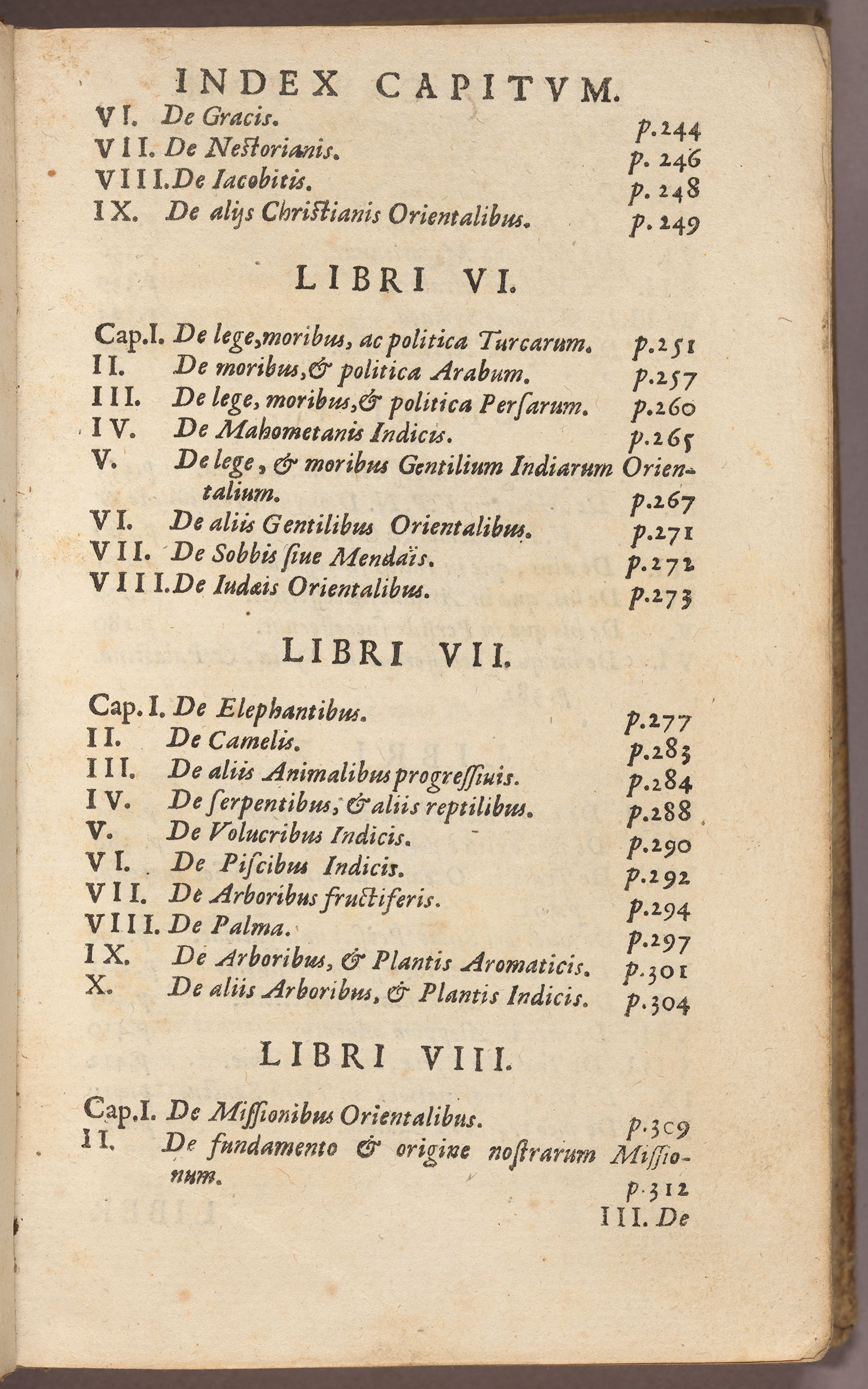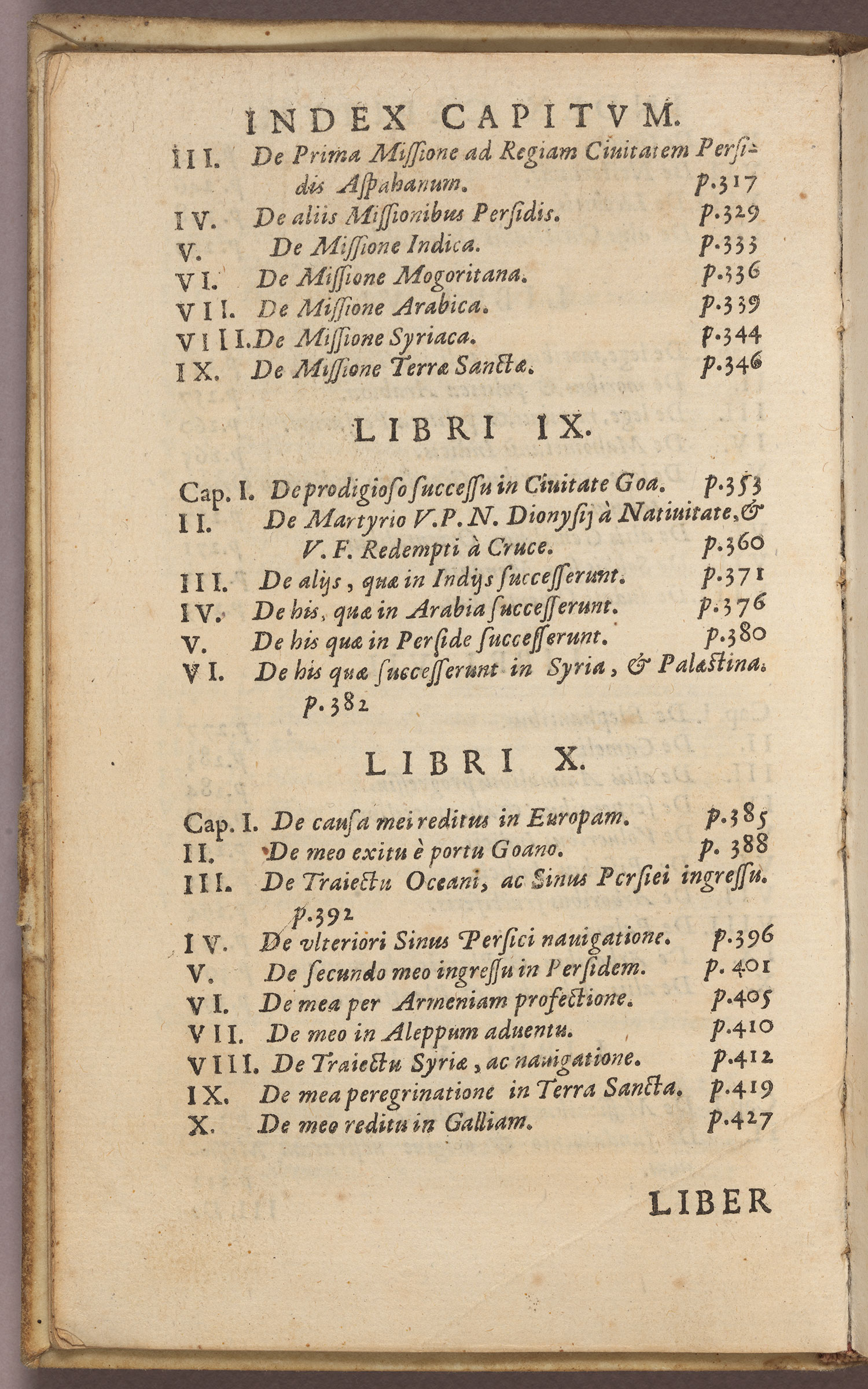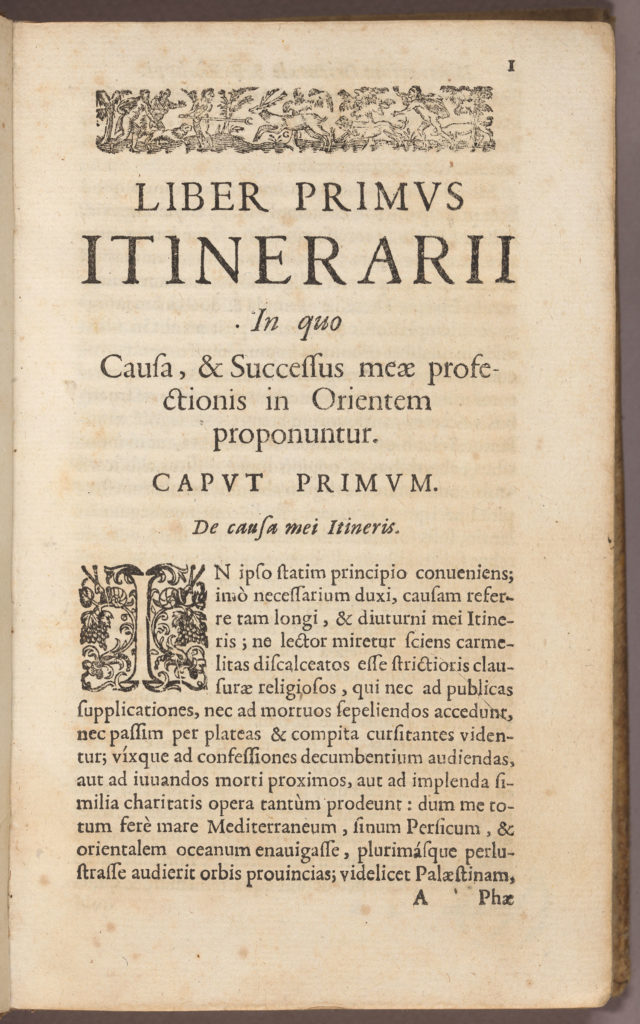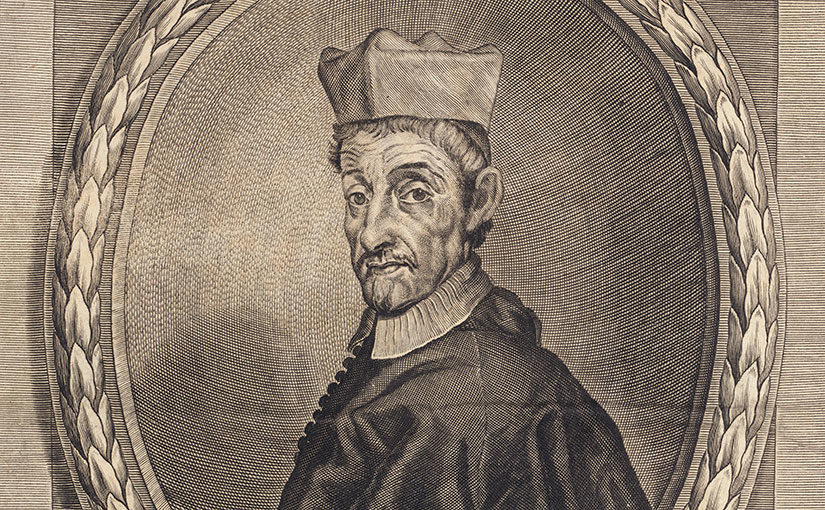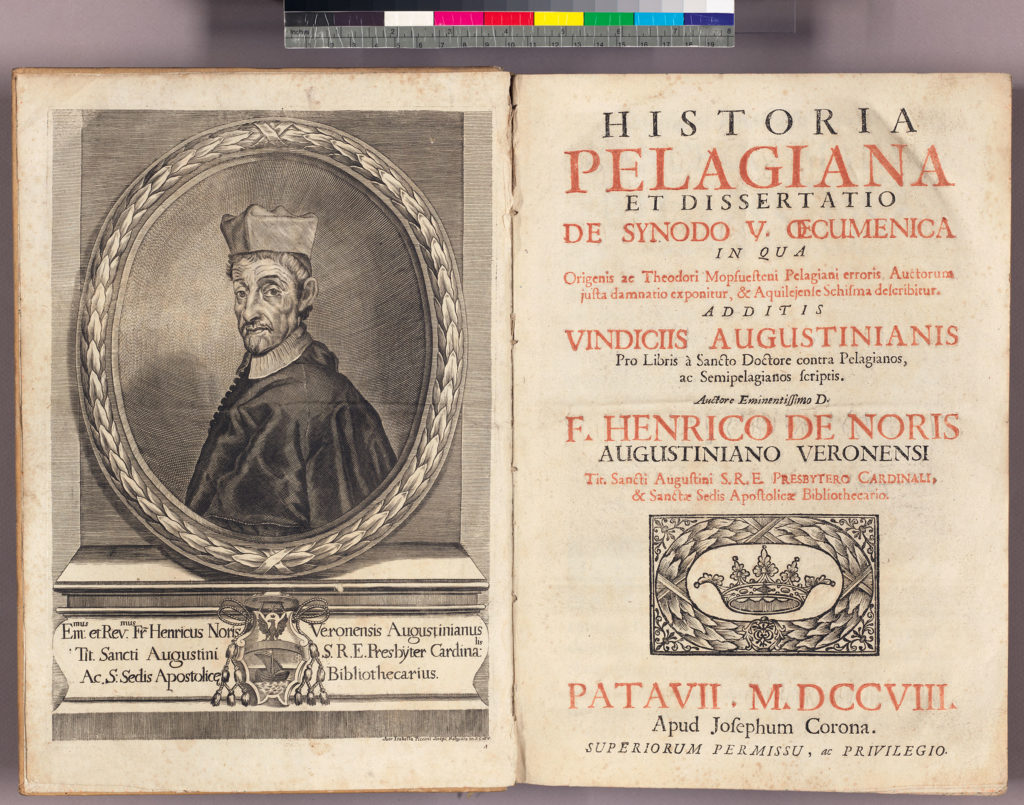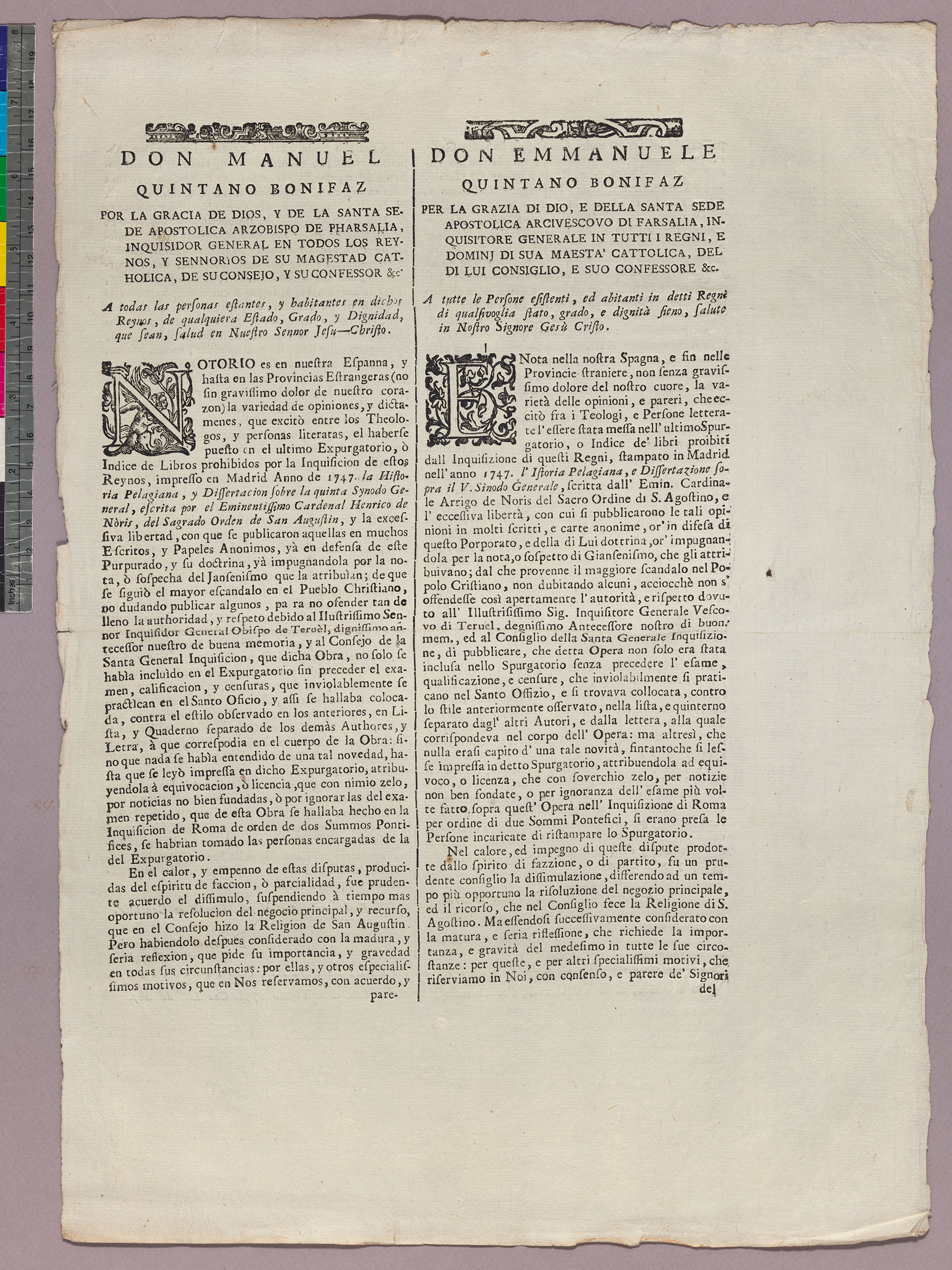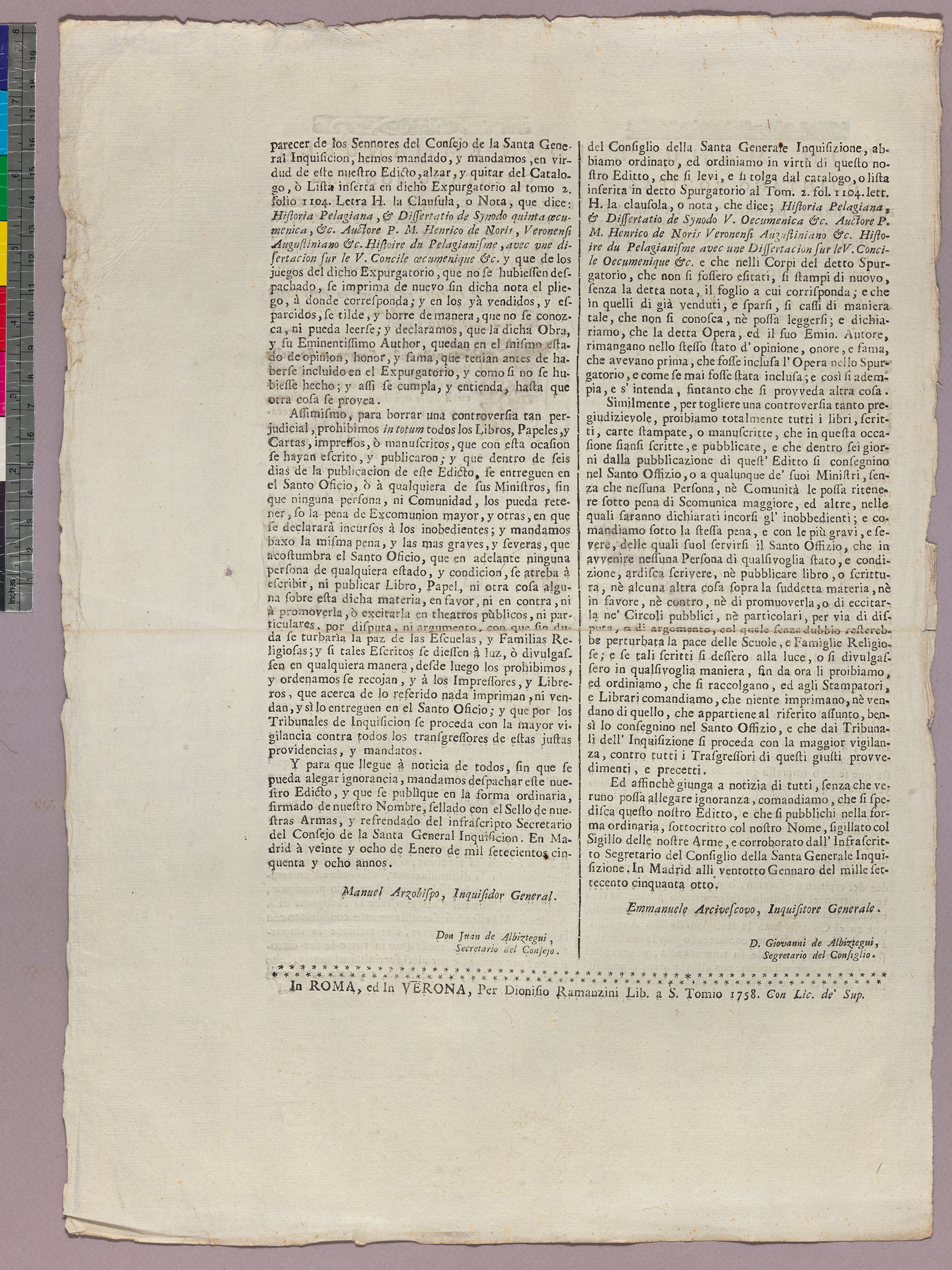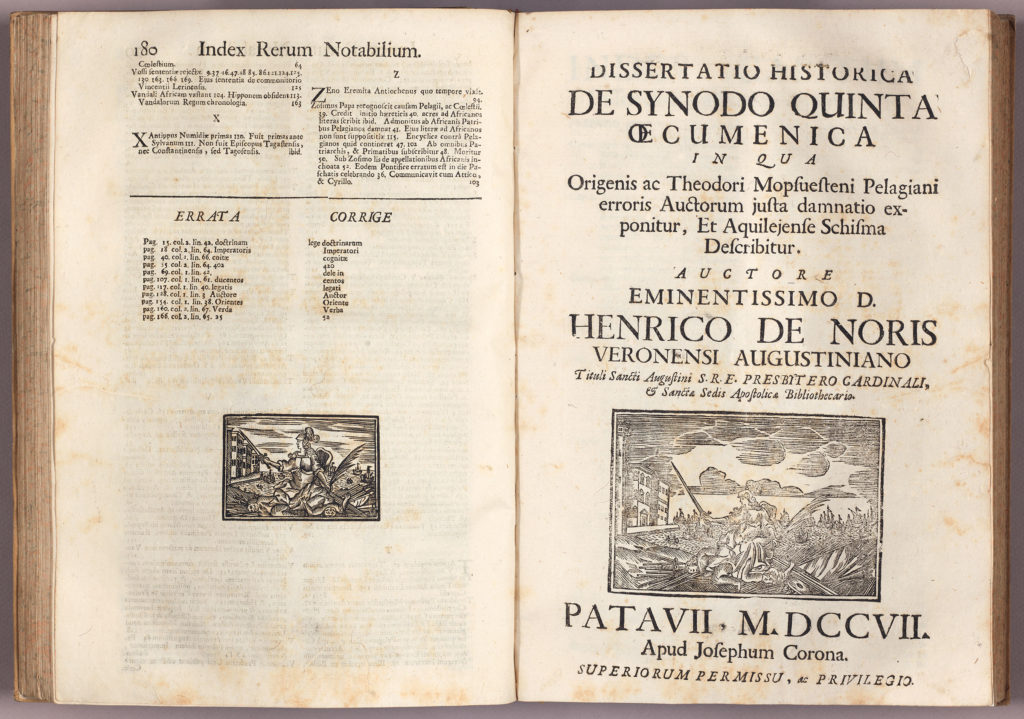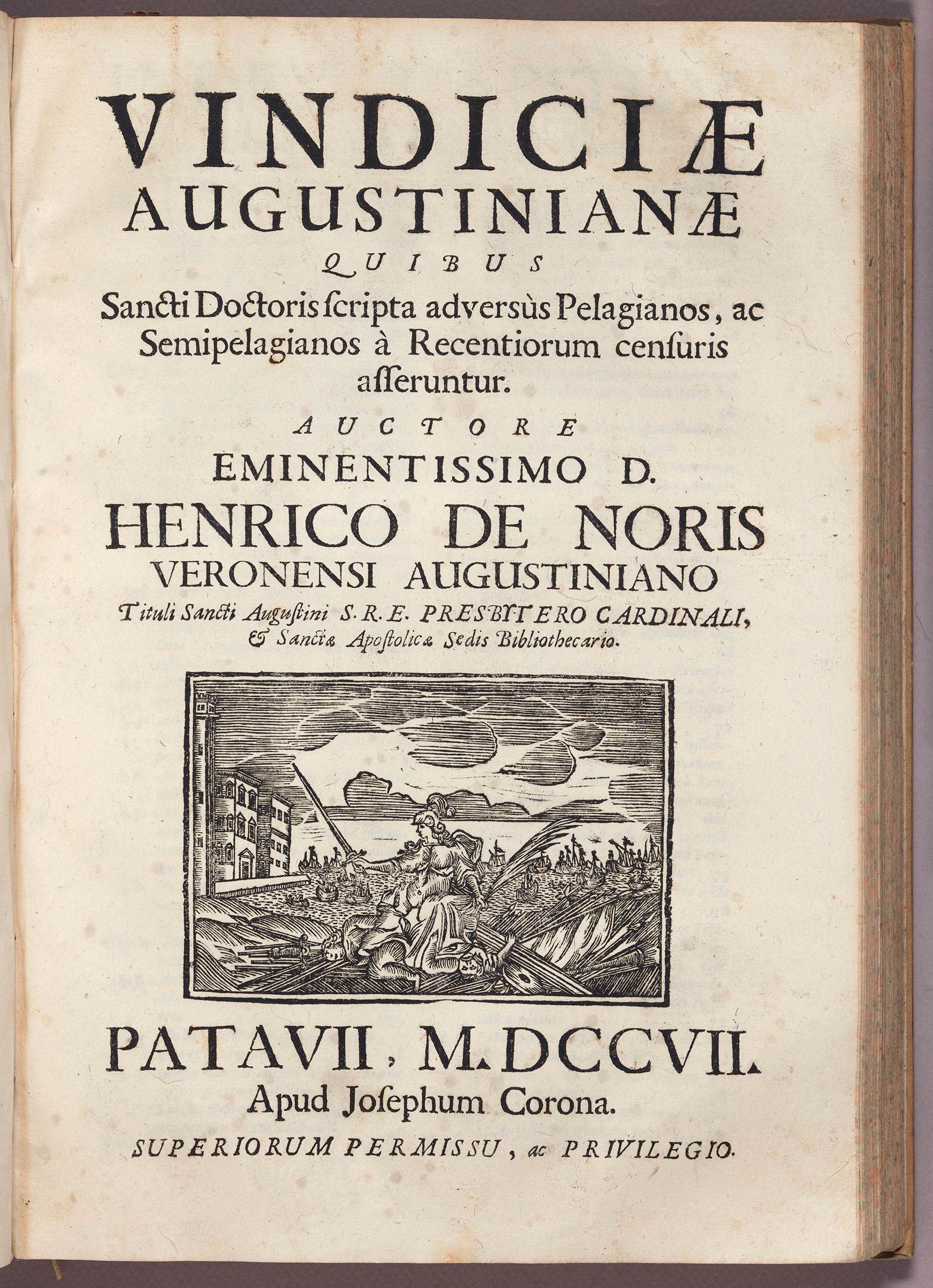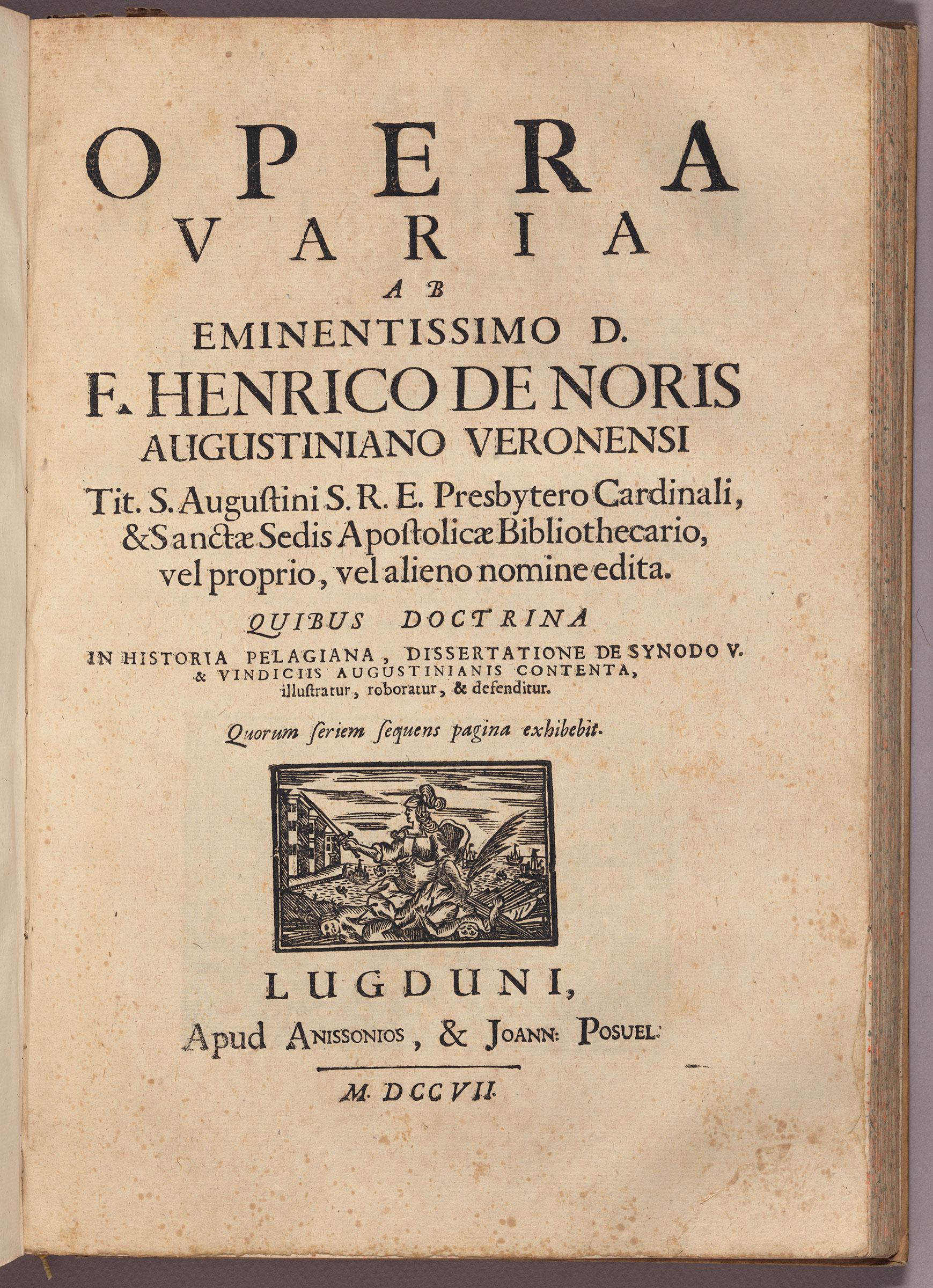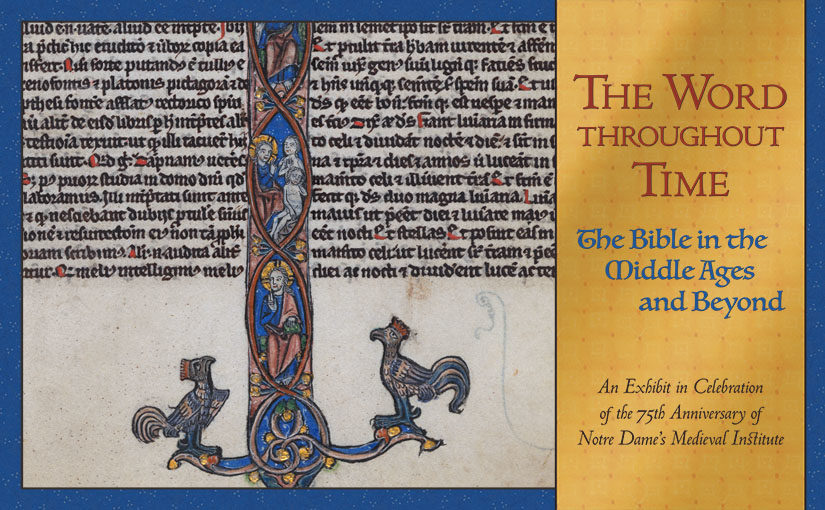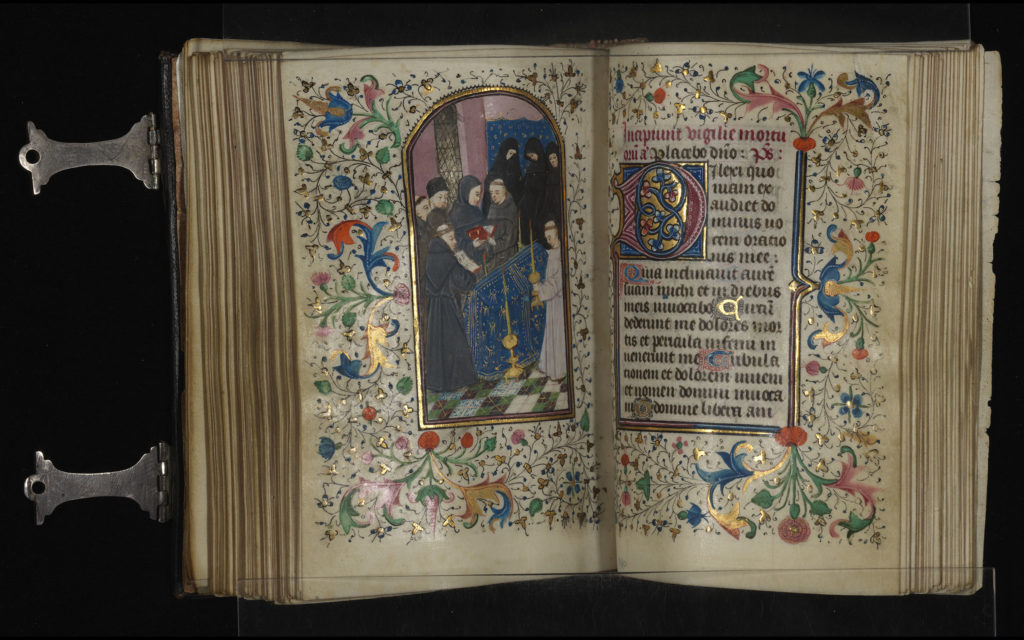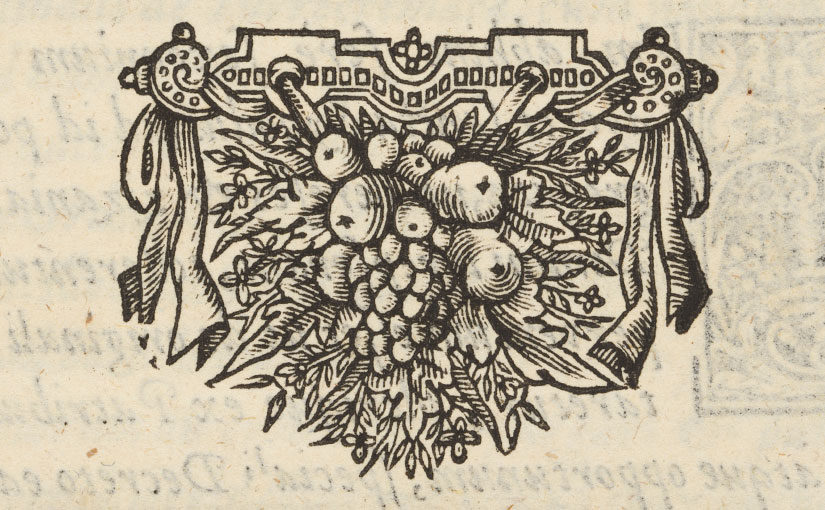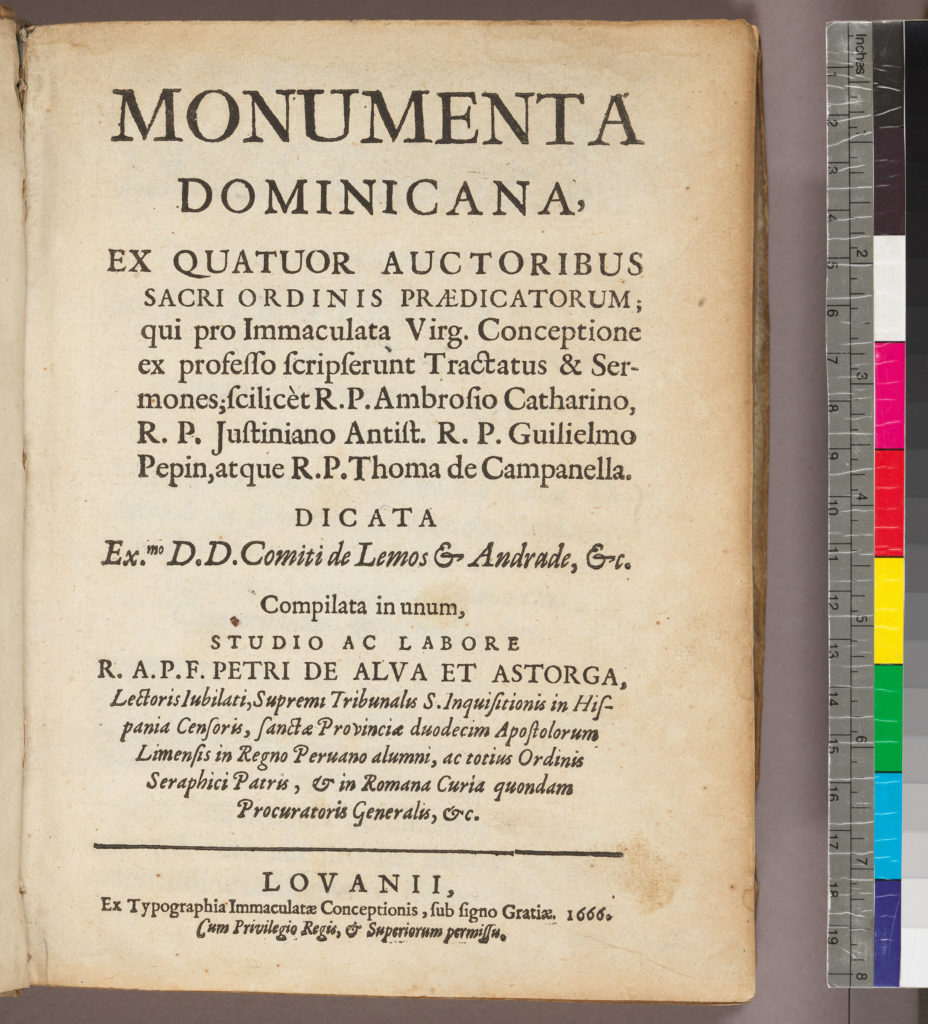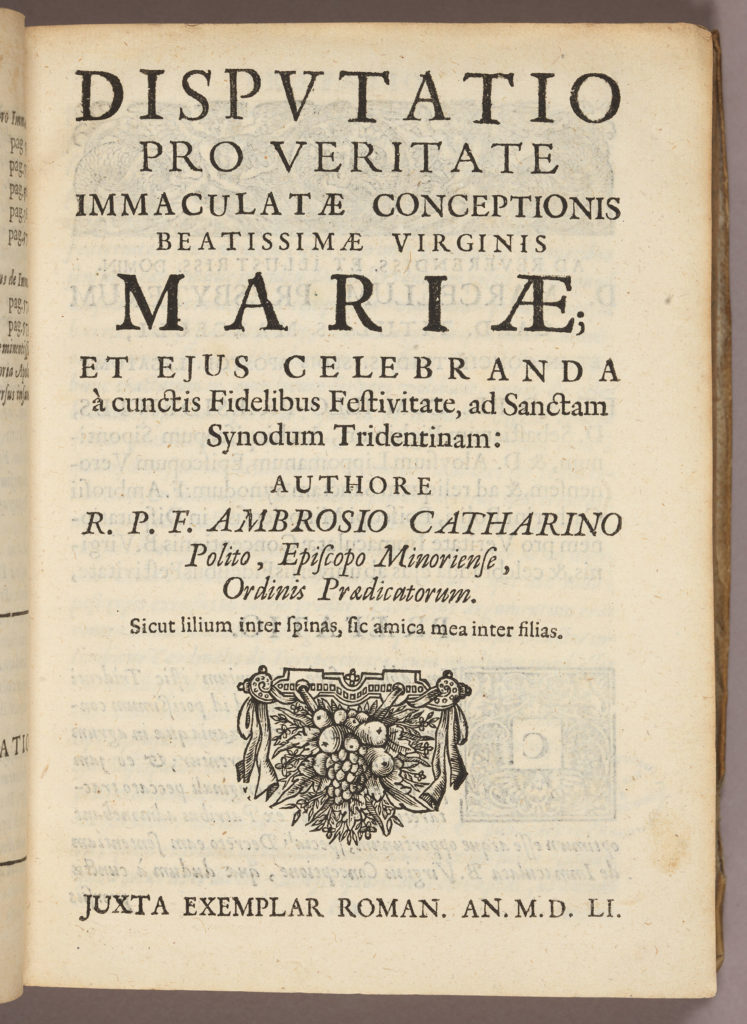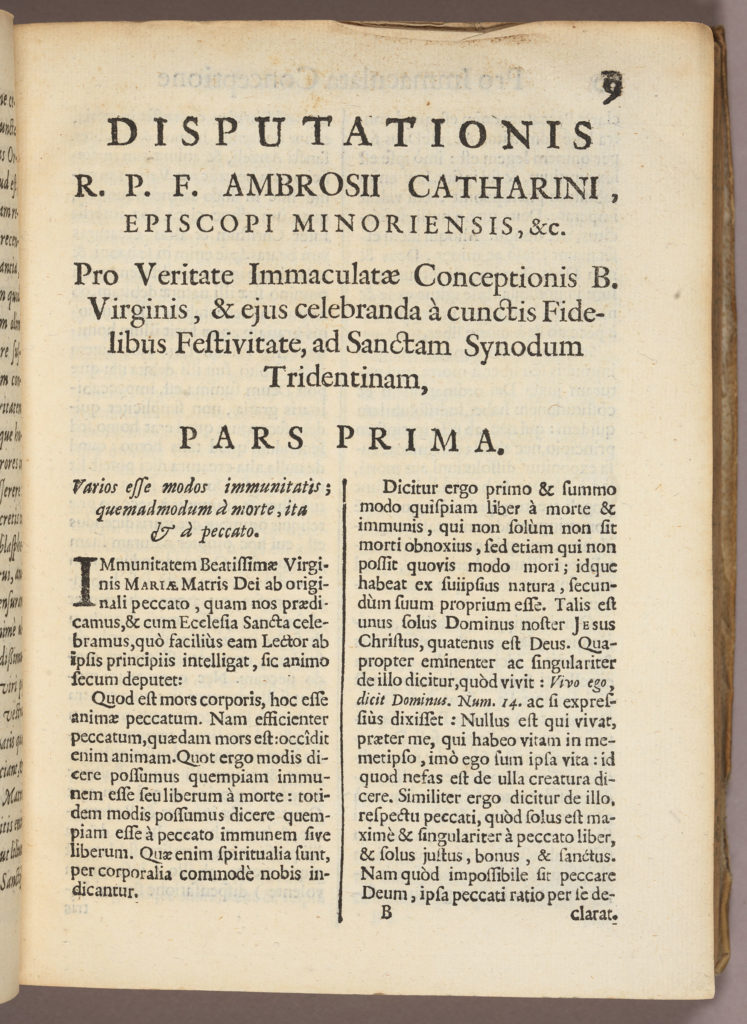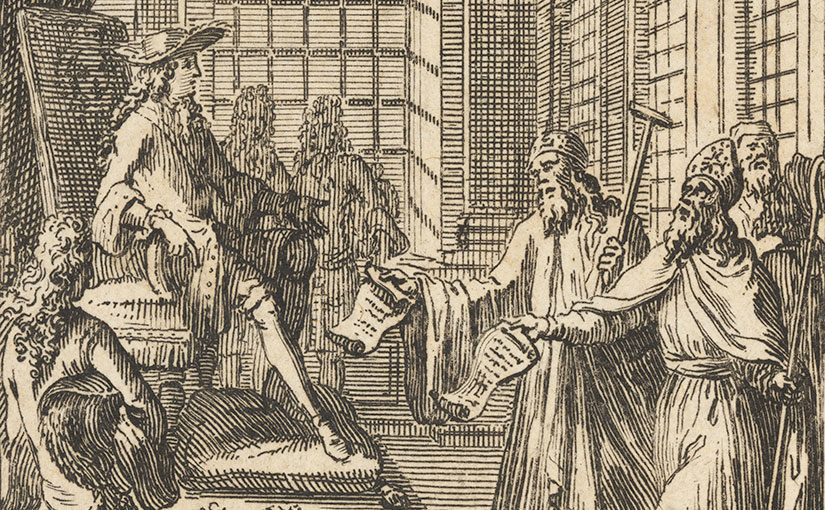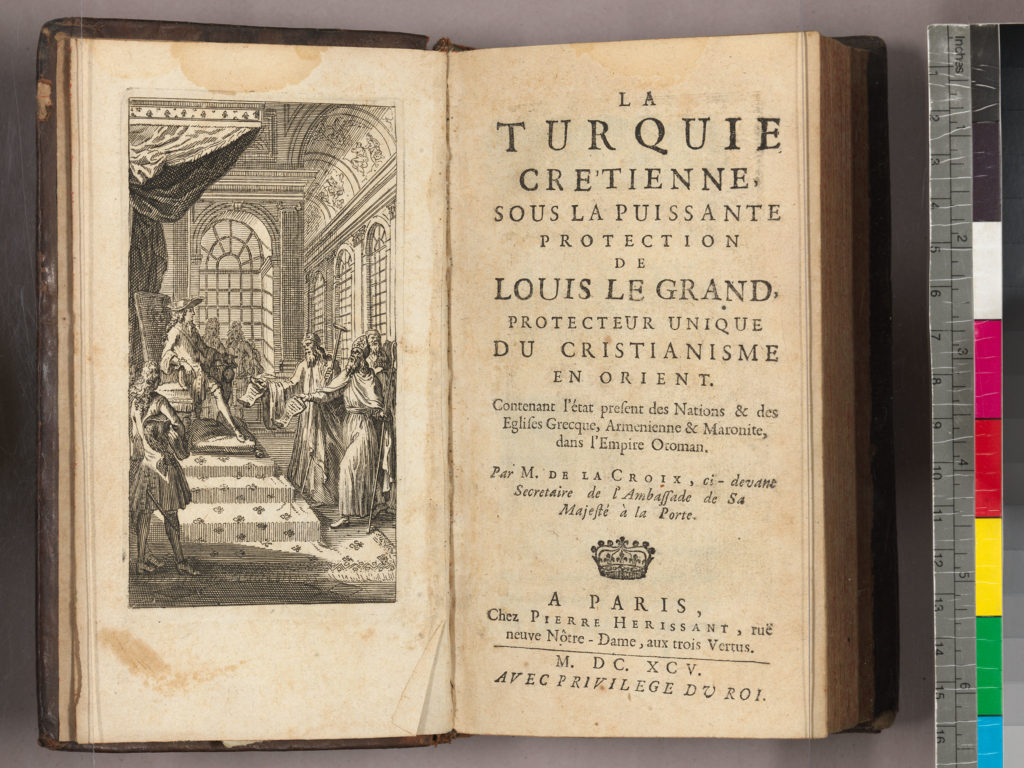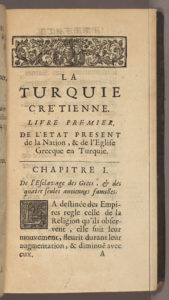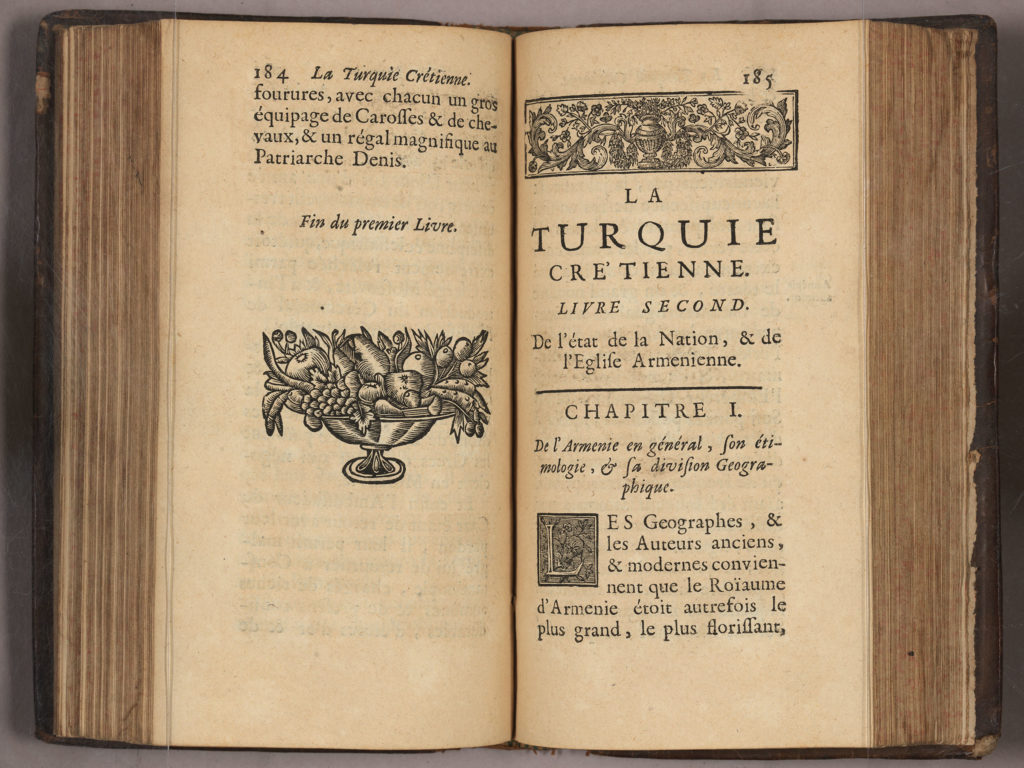Please note that the corridor outside RBSC is temporarily narrowed to a pedestrian tunnel due to ongoing library renovations, but we remain open regular hours.
Please join us for the following public events being hosted in Rare Books and Special Collections:
Thursday, September 1 at 5:00pm | Italian Research Seminar: “How Contini Worked: The Critic’s ‘Scartafacci'” – Ryan Pepin (University of Notre Dame).
Friday, September 16 at 3:30pm | The Diary of Pelagia Rościszewska: Facts, Secrets, and Surprises – Dariusz Skórczewski (John Paul II Catholic University).
Daughters of Our Lady: Finding a Place at Notre Dame, an exhibition of materials from the University of Notre Dame Archives curated by Elizabeth Hogan and reflecting on the 50th anniversary of coeducation at Notre Dame, opened late-August and will run through the fall semester.
The current spotlight exhibits are Three Sisterhoods and Two Servants of God (June – September 2022) and A Day in a Life of the Warsaw Ghetto in Photographs (August – September 2022).

